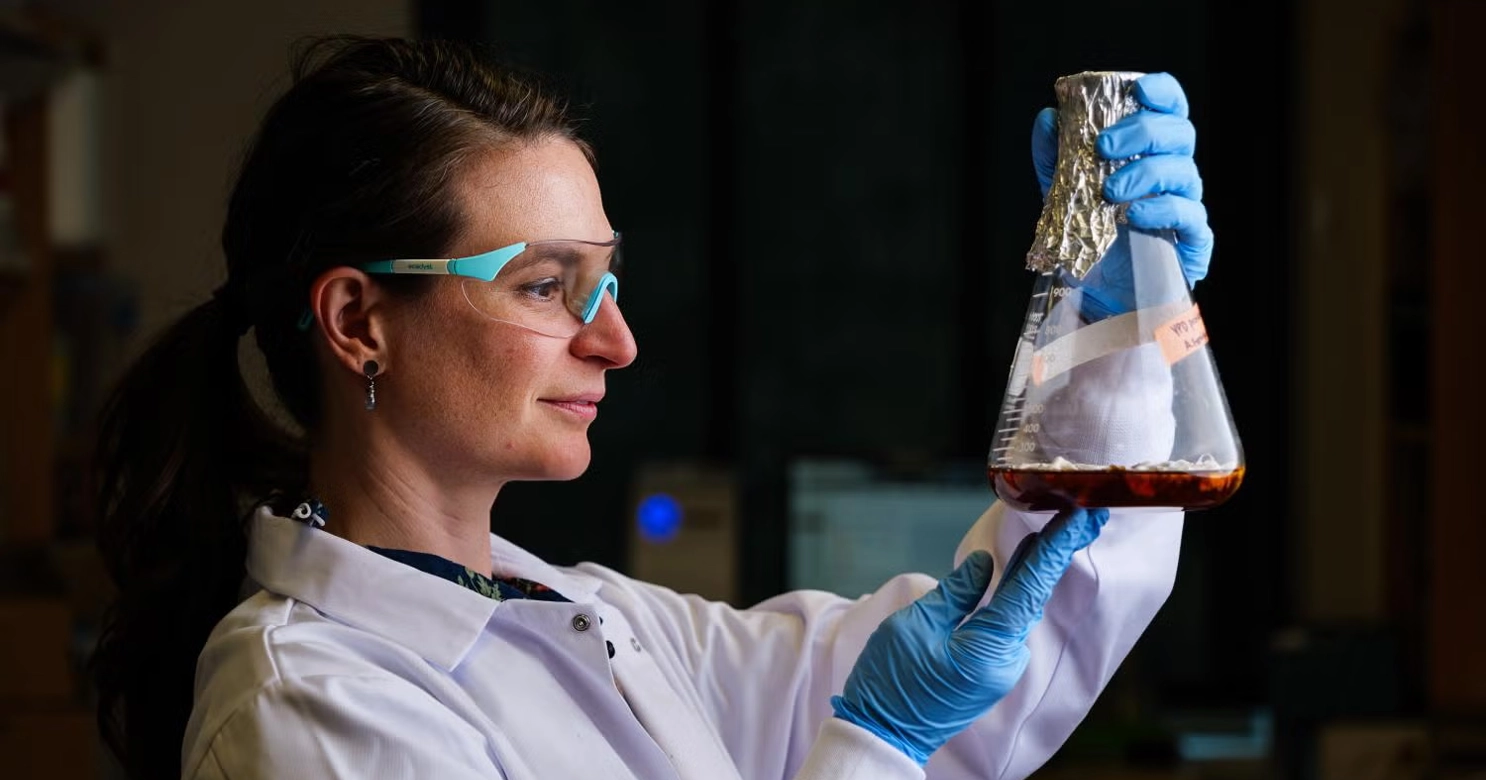Potential of far ultraviolet (UV) 222 nm light for management of strawberry fungal pathogens

Recently developed, night-time irradiation provided the breakthrough that made ultraviolet (UV) technology with 254 nm (UV–C) commercially feasible as a sustainable alternative to synthetic fungicides for control of pre and postharvest diseases of fruit crops. To make UV technology more efficient, we explored the effectiveness of far UV (222 nm) produced by a Krypton–Chlorine excimer lamp to kill major fungal pathogens of strawberry such as Botrytis cinerea, Penicillium expansum, and various Colletotrichum species and compared it to the conventional 254 nm UV-C treatment in light and dark. We found that 222 nm far UV was three-to ten-fold more effective than 254 nm UV-C in killing conidia of these pathogens, did not require a dark period for enhancing its efficacy, and had no negative effect on plant photosynthesis, pollen germ tube growth and fruit set at doses required to kill these pathogens. The independence from the light conditions most likely spawns from the mechanism of far UV that targets mainly proteins and not DNA as is the case with 254 nm UV-C. Using 222 nm far UV light would allow treatment application at any time of the day as there is no longer the need for a period of darkness as with 254 nm UV-C irradiation. The greater efficacy of 222 nm far UV light treatment will allow UV applicators to travel at increased speeds and cover greater field area making the UV technology even more useful for protecting plants from fungal pathogens.


